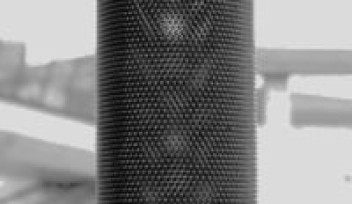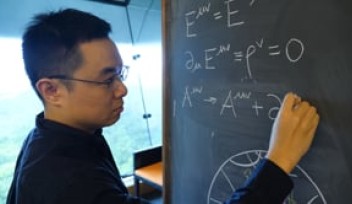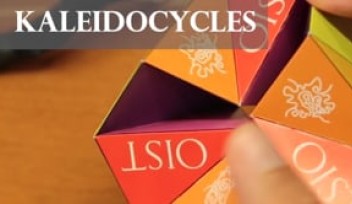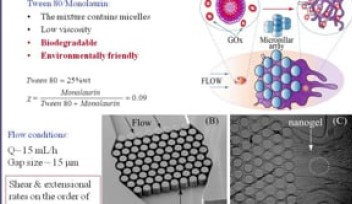Robot simulation experiments
PhD student, Nadine Wirkuttis and Prof. Tani set up three experiments looking at robot interactions where they introduced an additional parameter, w, into the robot’s learning process. The results revealed that w, referred to as the meta-prior, determined whether the robots are more likely to be driven by their own intention or by sensory observation. When the w was set high, the robot only generated its own patterns as it intended, whereas when the w was set low, the robot only followed what it observed in the counterpart. The researchers found that choosing the same w value for both robots in an adequate range allowed the robots to take turns between leading and following spontaneously.
PhD student, Nadine Wirkuttis and Prof. Tani set up three experiments looking at robot interactions where they introduced an additional parameter, w, into the robot’s learning process. The results revealed that w, referred to as the meta-prior, determined whether the robots are more likely to be driven by their own intention or by sensory observation. When the w was set high, the robot only generated its own patterns as it intended, whereas when the w was set low, the robot only followed what it observed in the counterpart. The researchers found that choosing the same w value for both robots in an adequate range allowed the robots to take turns between leading and following spontaneously.
This video appeared in the news article "Expectations vs reality: How robots update their behavior based on their experience".
Copyright OIST (Okinawa Institute of Science and Technology Graduate University, 沖縄科学技術大学院大学). Creative Commons Attribution 4.0 International License (CC BY 4.0).
Tags














